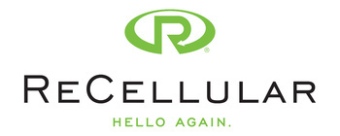In America, it’s safe to assume that most of us have been on some sort of multivitamin, calcium pill, or other supplement at some point in our lives. We are sent the message that we need these minerals and vitamins in pill form to make up for the lack in our diets. The question is, do our bodies respond more effectively to vitamins manufactured with scientific technology, or natural sources such as a well balanced diet? One study released in 2011 stated that women who took a multivitamin each day were at a higher risk for dying of cardiovascular disease or cancer. Iron and calcium showed the highest correlations with negative health complications, including death. Another study reported increased cases of prostate cancer in men who took vitamin E supplements.
In response to these studies and the public health concern they raised, USA today interviewed two nutritionists, Jeffrey Blumberg and Marion Nestle, both specializing in vitamin research. While they were both critical of research results, they did agree that vitamins may not prove to be as effective as the public assumes. Blumberg suggests taking a daily multivitamin to counter the deficiencies of our diets, while Nestle much prefers suggesting food and balanced nutrition as the primary source of the minerals our bodies need. Nestle highlights that there are far more studies reporting on the long-term harmful effects of manufactured vitamins, and not many on the real benefits. Natural sources are more risk-free and guaranteed. On the argument for deficiencies in our diet, Nestle states that with our “overabundant, over-fortified food supply, you would have to eat a highly restricted diet to develop (vitamin) deficiency symptoms.”











